Or, what happened after Madison Springs hut?
So without going into too much detail, I have a broken ankle, sustained while I was hiking down from Madison Springs hut last week. Ouch. If there’s a silver lining to that cloud, it’s a relatively minor break, with a good recovery expected in a few weeks. Today, I’m going to outline some thoughts on what happened — a sort of post-mortem. I encourage everyone to stick it out. (Don’t worry, there won’t be any gore.)
A few lessons were underscored that day:
First, be careful out there.
Besides just the mundane “slow down when crossing ice” and that sort, be constantly asking yourself “Should I be here? Should I turn back?” Now, for me, I was descending, so the second part of the question didn’t apply — I was headed back. But especially on Mt Adams, with its overabundance of trails that cross, criss-cross, and so on, if you’re on a trail that isn’t going so well for you, consider hopping onto something else at the next junction. (You brought a map, right?) Or even consider outright turning back — always a good option. I advocate asking this question early, even at the trailhead, and asking it of yourself and your party at frequent intervals. By keeping this one foremost in your mind, it forces you to continually assess, and (hopefully!) reduces the chances you’ll be surprised.
Remember, things are weird in the Whites. There are a lot of micro-climates that can blow the best weather forecast. I can remember going up to Cannon for a ski trip. The weather was sunny and mild as far up as the Lakes. By the Waterville Valley exit, it was dark and gloomy. Snow flurries at the Kancamagus Highway. Blowing pie plate-sized flakes reduced visibility in Franconia Notch to nothing. Everyone who’s driven up 93 knows that all happened in the span of an hour. Had I been up for a hike on Cannon, I might well have instead decamped to one of the fine restaurants in the area, without even visiting the trailhead. (As it was, I enjoyed a day of “classic” ski conditions on Cannon.)
Remember that Murphy’s Law still applies.
I wasn’t doing anything weird coming down from Adams, other than moving quickly. Something I’ve done over and over, and while it was my second time on Valley Way, it wasn’t, by any measure, my first time descending on a wintry trail. All my gear was stuff I’ve used many times, stuff I was very familiar with. As rocky as Valley Way can be in the warmer months, last week, it was paved over with snow and ice, entirely unremarkable from a trail on any other mountain. So yeah, stuff happens, completely out of the blue. Even when by all rights, it shouldn’t.
I can’t say for sure what exactly happened, because it happened very quickly. My best guess is that my crampon didn’t get good purchase on some hard ice, causing me to fall. But also, white snow on whitish ice doesn’t make it easy to properly evaluate the surface of the trail… there are a lot of variables. But the net effect is that you can be operating within your comfort zone, being careful, and yet, end up unexpectedly on the ground. Stuff happens.
Second, be prepared.
Everyone says about having the ten essentials, and that’s all very well and fine, but know how to use them. Practice. If I had to hunker down and spend the night, I had a stove, I had fire making equipment, I had a sleeping bag, and an emergency bivy sack. When I was out in Baxter, we had a fire to sit by most nights. For me, that was a week of practice gathering wood, setting up and lighting a fire, and keeping it fed. It was a week of practice using my stove. A week spent gathering and purifying water. Last week, it wouldn’t have been a grand night out, but it would have been survivable.
Preparedness is more than just shopping for gear.
Have essential tools packed between your ears. Just this past October, I took a day-long workshop with SOLO on wilderness medicine. Stay informed. Take a class. Just as a human being, you ought to get trained in CPR and basic first aid. (Not trying to be scary, but most times a layperson does CPR, it’s on a loved one.) I know “how to” booklets come with every first aid kit out there, but it’s not the time to be reading those books when someone’s bleeding and time is of the essence — that should have been done beforehand. More importantly, when you take a class, your hands will do what they’ve practiced. Practice also makes a stressful situation less stressful. I took that SOLO class, and wow, it helped me stay calm. When you take a class, sign up for another. And next year, go back and re-learn that stuff, so your knowledge doesn’t get stale. They’re fun, they’re social, and best, you learn neat skills.
Summer hikes are great for keeping sharp with skills. Days are long and generally warm, so you can take a little time here and there to work on things. But you can do things in the winter too. Finish a shorter hike earlier than expected? Great! Break out the stove, find some clean snow, and brew up a celebratory mug of hot chocolate before heading home. Your side benefit, apart from a belly full of warm cocoa, is you’ll gain a sense of what the cold does to your fuel canisters. (Hint: cold fuel doesn’t burn as hot for as long.)
Third, be ready to participate in your own self-rescue.
A lot of people have asked why I hiked out. To be true, it was the best of a slate of crummy options. When I fell, it was the middle of the afternoon in winter, on one of the shortest days of the year — I probably had two hours of daylight left. From my SOLO class, one of the first things we learned is to get the injured person involved. In an austere environment like the backcountry, options are limited and generally sub-optimal. Yes, I could have called 911, but it would have been at least an hour or two for a team to muster at the trailhead, plus the time it would have taken to hike up with all their gear. Likely, it would have been 3-4 hours post accident before help arrived. Then it would have been 2-3 hours to get me back to the trailhead. All the while, I’d have been getting cold, and remember, cold is bad.
Miles from the trailhead, options tend to be “the best of the worst”.
But what would one of the first questions been from those rescuers? “Can you walk?” It’s not out of laziness, it’s asked out of practicality and out of safety. Carrying a litter is hard, and it takes a lot of manpower. If it’s slippery, or there are obstacles on the trail (and in the Whites, all that’s a given!) then they have to be navigated. Lying in a litter, I’d have been still; not generating heat through exertion, just getting chilled. Remember, cold is bad. Walking out, I stayed nice and toasty. So even with a rescue, I’d have probably been walking anyway. Easier, faster, less traumatic, fewer chances for things to go wrong. By getting up and walking out, I was back at my car in a couple hours. Was it pain free? Nope, but it was tolerable and probably the best I had under the circumstances.
Fourth, expect things to go sideways, if not outright wrong.
This is the mental umbrella under which the first three sit. It’s a proactive glom of preparedness, being educated, taking care out on the trail, and being ready to save yourself. It’s the mindset that things can change on a whim, and when it happens, you’ll cope. But it’s also the mindset of expectation, not “it happens to other people”, but “sooner or later, it will happen to me.” When you cross the threshold from the parking area to the actual trail, you’re leaving predictability behind. Weather will change, that water crossing will be deeper, colder, more slippery, and wider than you expected. Snow will drift and obscure the trail. Cell phone service will be spotty at best, more likely non-existent. Or maybe everything will be fine, but the safe money is on expecting the worst, and so you do.
Hope for the best, be prepared for the worst.
So you’re looking at all that, and thinking “I’m doomed!” Don’t. Rather, take that class, prepare yourself for the worst, and back go out into the woods and have fun. But have that fun, knowing that by arming yourself with knowledge and perhaps a little extra gear, you’ve padded your odds that you’ll have a favorable outcome. It actually makes it easier to relax and have an even better time, especially when things aren’t as nice as you would want. Every time I’ve been faced with an unexpected night hike back to the car, I’ve nonchalantly taken out my headlamp (except on those lovely moonlit nights when it wasn’t needed) and continued on, without much thought.
Last, conduct a post-mortem.
Maybe you call it an “after-action” or a review, or whatever. But on the drive back, think about what you did. Think about the trail, about the weather, and about anything that didn’t go according to plan, or even just didn’t go as well as you’d have liked. Think about what did go right, what serendipity made things easier or better, and how you can replicate that.
Looking back helps us look forward with more clarity.
Maybe you realized in hindsight that a water crossing would have been easier had you hiked upstream a little more. Maybe you noticed that packing a certain way made your load more comfortable. (Yep, I’ve been thinking a lot lately about what just turned my life on its head, and what I’d do differently.) I’m pretty careful to note the weather and trail conditions, because it helps me plan my next trip better. Collectively, all these observations come together and make our days out on the trail more fun.
Oh, and one more thing…
Behind every cloud lies a silver lining.
As unfortunate as things might get (and hopefully, all your trips will be fun and enjoyable) don’t forget to look back and find the silver lining. I’m looking at weeks of ploughing through a stack of books, with my foot propped up. OK, unplanned, but not bad in and of itself — I’ve been meaning to catch up on reading for awhile. But also, I’ve been wanting to make peace with Adams since last year. Broken ankle not withstanding, I think I found it. And wow, standing up on top, looking down into the Great Gulf, with views out to Franconia, Maine, perhaps even Canada… wow! It might have finally come together.
Just because I’m still staring at it like a proud parent, here’s that amazing view again:
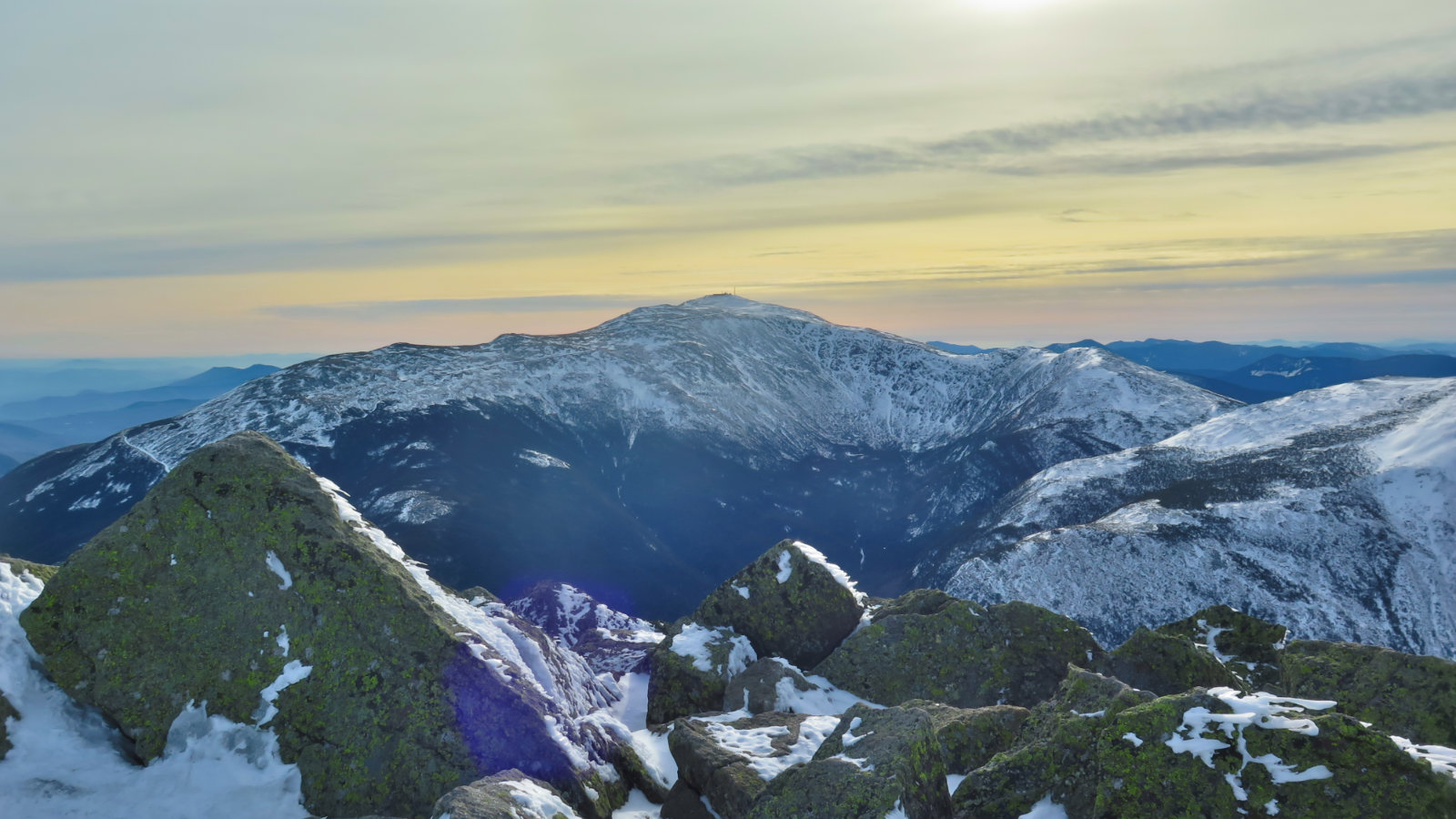
The sum total still remains: it was a great day to be in the mountains.
So… that bum ankle kinda stinks, but what’s next?
I’m looking at some unplanned downtime, obviously. Likely, it’s going to be February before I hit the trail again. In the meantime, I’m going to be discussing gear, perhaps technique, and whatever else might entertain and inform you, my readers. I’m still reading about the various logging railroads and other history of the Whites, so expect that to be infused as well.
Stay tuned. And stay safe!
If you enjoy reading these posts, please subscribe — stay in the loop! Your email will only be used to alert you of new posts — typically 1-2 times per week. I will not use or share your email for any other purpose without your express permission.
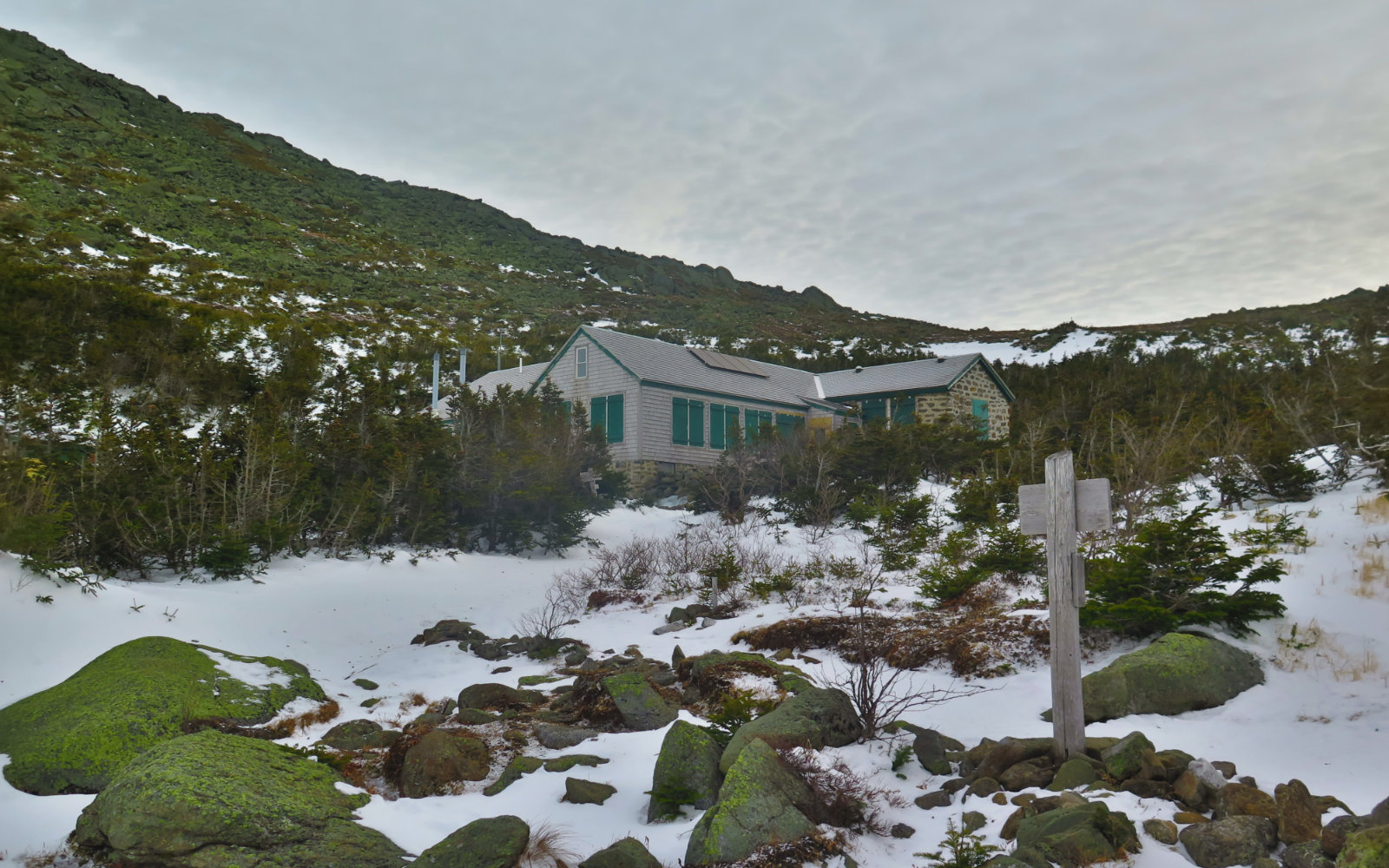
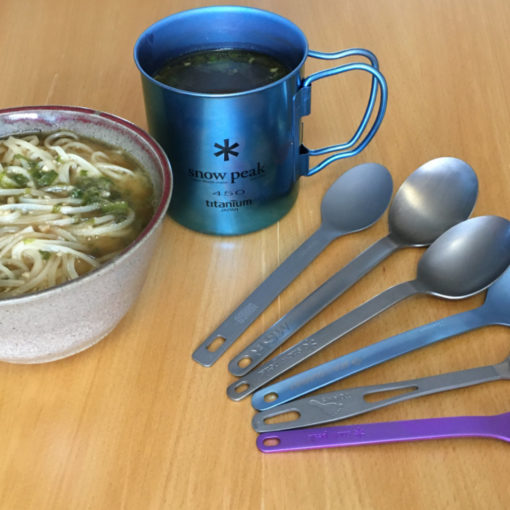
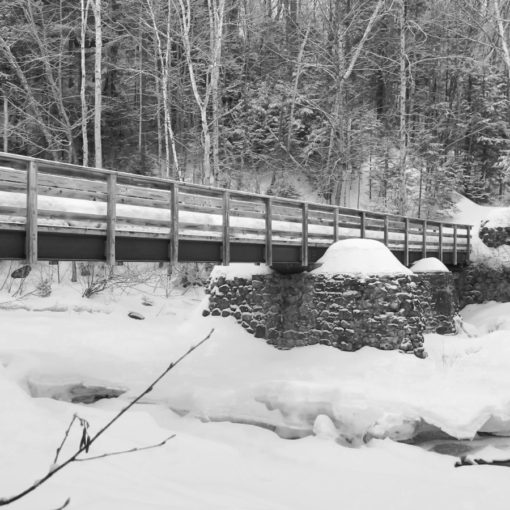

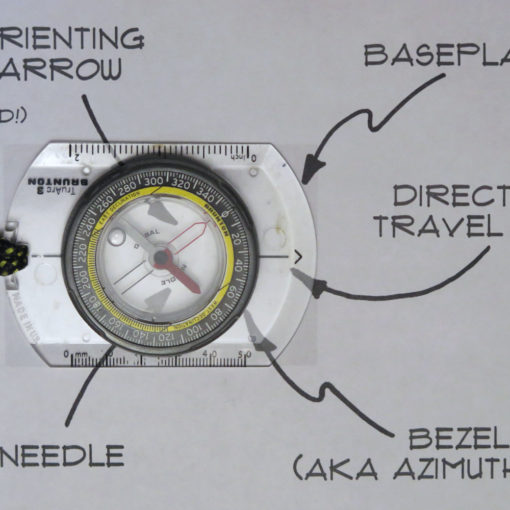
17 thoughts on “Short term future, post-injury”
Best wishes for a speedy recovery!
Great points about being prepared- not only having the essentials, but knowing how to use them.
Glad you’re okay! I agree with everything you said. You just never know what will happen.
Wow!! Sorry to hear about your ankle, but thank you for the good advice!
Get well soon!
Please take a break and get better soon! I have also magically hurt my butt by a dead tree branch on the trail down from Moosilauke on Christmas…… I lied in the snow for almost 10 seconds crying in pain and also trying to not laugh at myself at the same time. Man, life is truly unexpected!
So sorry about your injury— hope you can take time to fully recover. Thanks also for the advice on preparedness.
Hope you recover speedily! Thanks for the insightful post.
Sorry to hear of your ankle injury. Things happen so darn fast — stumbled and broke an arm atop Baldface three months ago, and feet went out from under me coming off a wet Cabot and broke some ribs maybe fifteen years ago.
I love your trip reports, photos, and superb writing. Here’s wishing you a speedy recovery.
Heal up, I’ll look forward to your gear reviews. Thanks for the proactive advice on safety from your experience.
Beautiful photo! Glad you made it down o.k. Good for you to share this with everyone. My mistake was never send MICROspikes to do Hillsounds’ job. I sprained my knee; fortunately I was less than a mile away from the car on the way back from Waumbek and Prema was with me. Nice to see from the comments here other people got back from their mishaps.
Sorry to hear about your injury but glad you made it out safely. We spend quite a bit of time thinking and preparing for worst case scenarios. Your tips help! Wishing you a speedy recovery and hope you get back to the mountains soon.